Numerical Problems with Answers, Solution | Algebra | Maths - Exercise 3.7: Division of Polynomials | 9th Maths : UNIT 3 : Algebra
Chapter: 9th Maths : UNIT 3 : Algebra
Exercise 3.7: Division of Polynomials
Exercise 3.7: Division of Polynomials
1. Find the quotient and remainder of
the following.
(i) (4x3 + 6x2
– 23x +18) ÷ (x+3)
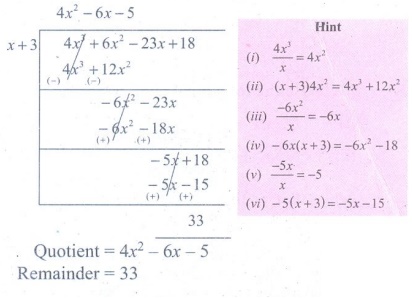
(ii) (8y3 – 16y2
+ 16y –15) ÷ (2y–1)
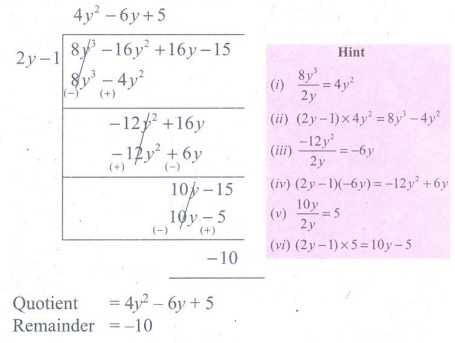
(iii) (8x3 – 1) ÷ (2x–1)
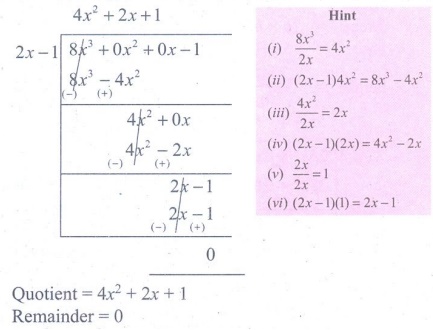
(iv) (–18z + 14z2
+ 24z3 +18) ÷ (3z+4)
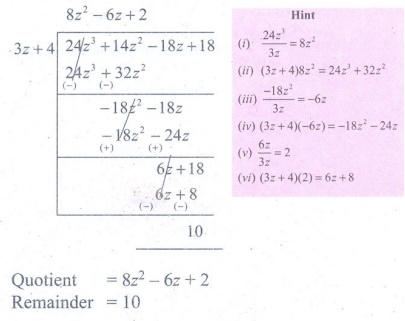
2. The area of a rectangle is x2
+ 7x + 12. If its breadth is (x+3), then find its length.
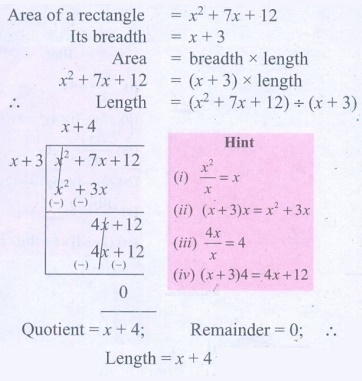
3. The base of a parallelogram is (5x+4).
Find its height, if the area is 25x2–16.
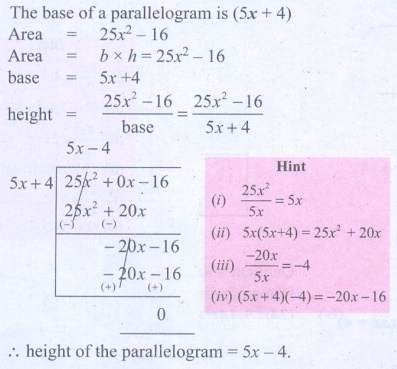
4. The sum of (x+5) observations
is (x3+125). Find the mean of the observations.
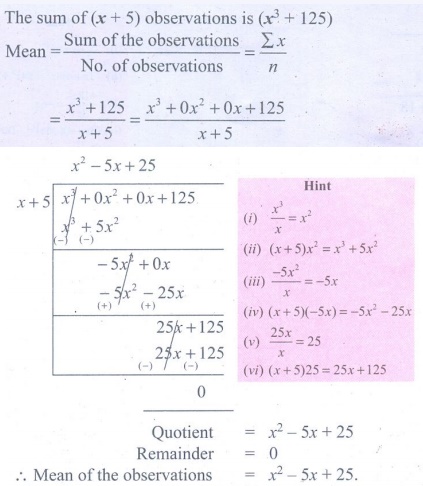
5. Find the quotient and remainder for
the following using synthetic division:
(i) (x3 + x2
−7x
− 3)
÷(x
− 3) (ii)
(x
3 + 2x2 −x − 4)
÷(x
+ 2)
(iii) (3x 3 − 2x2 + 7x − 5) ÷(x + 3) (iv) (8x 4 − 2x2 + 6x + 5) ÷(4x +1)
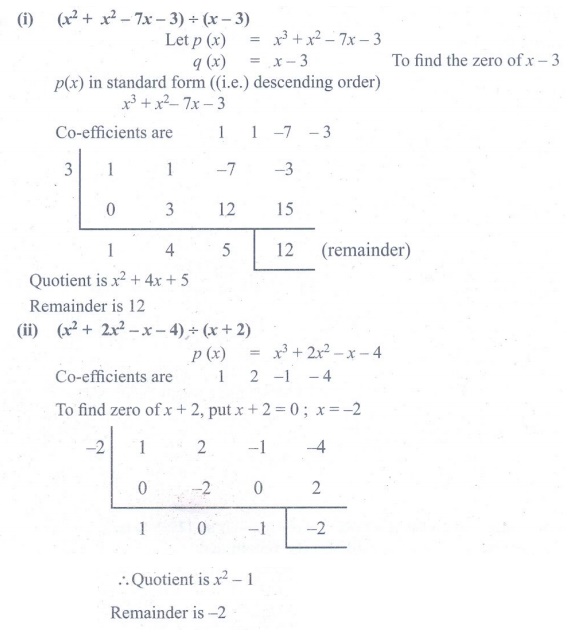
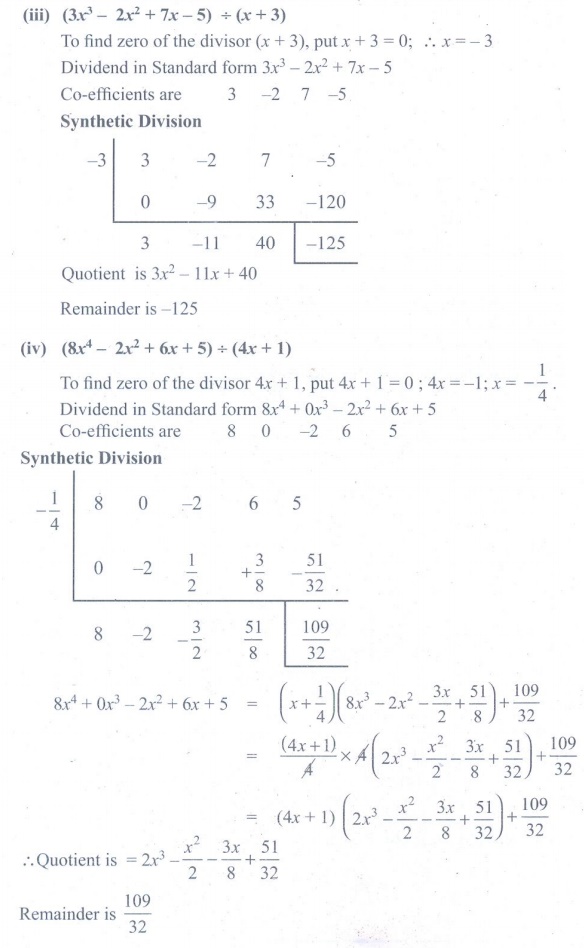
6. If the quotient obtained on dividing
(8x 4 − 2x2 + 6x
−7) by
(2x +1) is (4x 3 + px
2 −qx + 3)
, then find p, q and also the remainder.
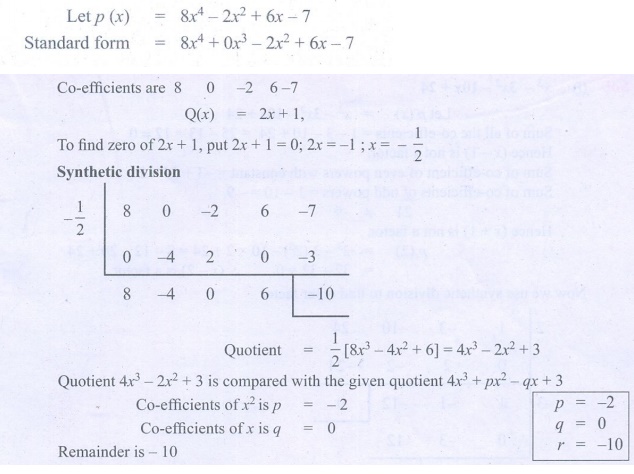
7. If the quotient obtained on dividing 3x3 + 11x2 + 34x +106 by x − 3 is 3x2 + ax +b , then find a, b and also the remainder.
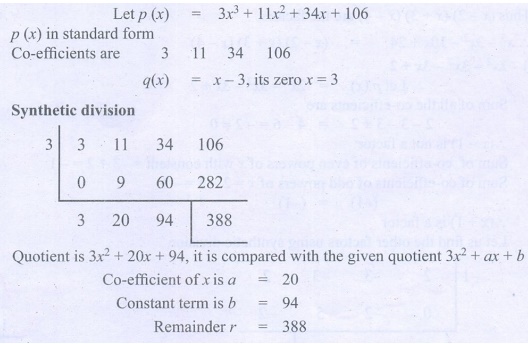
Related Topics